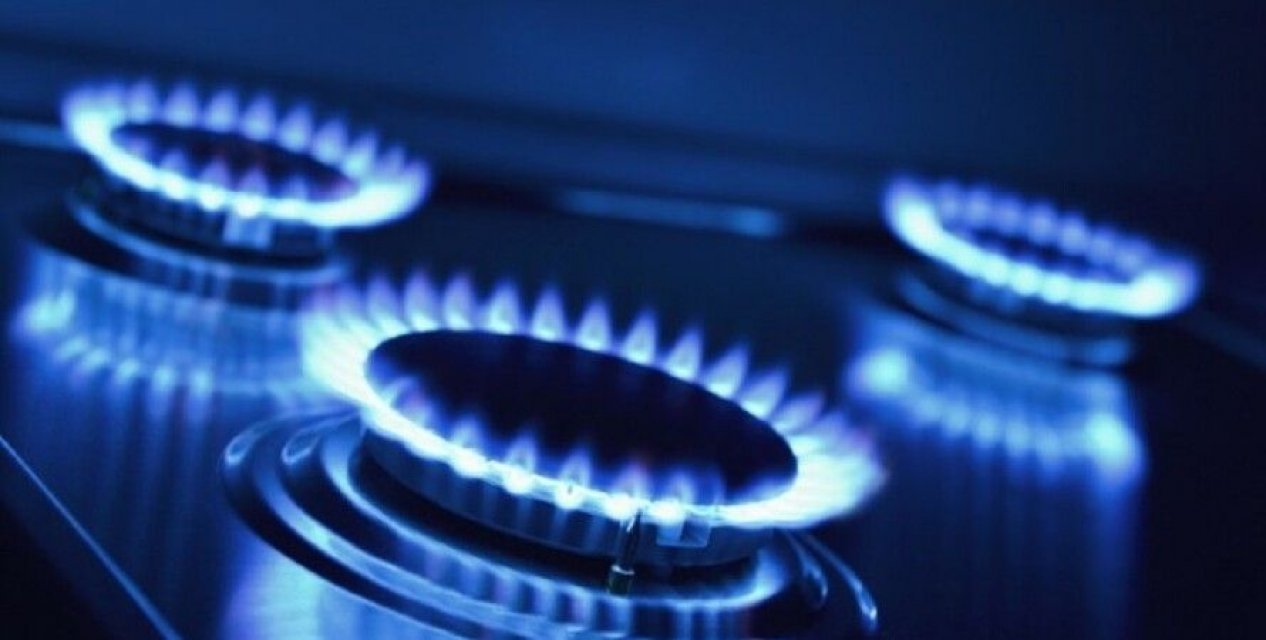
Azerbaijani citizens pay more for domestic gas than in Turkey and Georgia, a member of the National Council Gultekin Hajibeyli wrote on her Facebook page. Hajibeyli thus commented on the latest decision of the Tariff Council of Azerbaijan on the rise in gas prices in the country. She said that Armenia and Georgia, which don’t have their own gas, made serious concessions during the pandemic in terms of providing their citizens with natural gas and electricity.

In Azerbaijan, by the decision of the Tariff Council, gas pricing is carried out according to a three-stage system since July 1.
According to the decision of the Tariff Council, from July 1, 2021, the cost of one cubic meter of gas for the population, the volume of annual consumption, which doesn’t exceed 1,200 cubic meters, will be 0.1 manat per cubic meter, in the range of 1,200-2,500 cubic meters - 0.2 manat and over 2,500 cubic meters - 0.25 manats. Thus, the minimum volume of annual consumption, which is envisaged by the preferential tariff, increased in May from 1,700 to 2,200 cubic meters, has been reduced from July 1 to 1,200 cubic meters.

According to the Council, in Azerbaijan at present about 51% of subscribers or 5 million people consume no more than 1,200 cubic meters of gas per year.
The new prices apply to the part of consumption that exceeds the established limits, the Council notes.
Prices for power plants using natural gas also increased from 0.12 to 0.13 manats.
At the same time, gas tariffs were reduced from 0.2 to 0.13 manat per cubic meter for Azeristiliktechizat OJSC (central heating supplying operator), as well as the selling price for refueling points - from 0.2 to 0.13 manat per cubic meter.
The tariff for the population today is 0.1-0.25 manats, depending on the annual consumption.
Only domestic gas is consumed in Azerbaijan.
Now let’s consider “serious concessions” in Georgia and Armenia that Hajibeyli is talking about. The Georgian government in August last year made a decision to pay off the debts of citizens in the range of up to 200 kilowatts of electricity and 200 cubic meters of gas per month. The term of these anti-crisis measures was subsequently extended until February this year.
In Armenia, it was announced in April that gas and electricity consumers whose electricity and gas costs didn’t exceed 5,000 drams ($12) and 10,000 drams ($24), respectively, would receive 50 percent of subsidies, and for those consumers who spent in February from 5,001 to 10,000 drams ($12-24) for electricity and from 10,001 to 30,000 drams ($24-72) for gas, the amount of compensation will be 30 percent of the costs.
It was reported that a total of 450,827 beneficiaries will receive a 50 percent discount for gas and electricity for a total of 786 million drams (more than $638,000), and a 30 percent discount for a total of 486,434 beneficiaries for a total of 1.8 billion drams (more than $3.752 million).
Despite the government’s support, many residents of Armenia were unable to pay for their utilities and stopped receiving electricity and gas.
As Prime Minister of Armenia Nikol Pashinyan said live on his Facebook page on April 29, 775,000 subscribers consume electricity in Armenia, and 623,000 subscribers use gas, of which 4,300 subscribers have already stopped getting electricity for non-payment for services, another 736 families have stopped receiving gas.
The listed measures to support the energy supply of the population in Armenia and Georgia can hardly be called serious, given the small amount and timing of financing. No other concessions were reported to the population of these countries in terms of providing electricity and gas during the pandemic.
In Georgia, it is planned to receive 1.504 billion cubic meters of gas (an increase of 4.4%) from SOCAR (State Oil Company of Azerbaijan) this year, and within the Shah Deniz project – 1.014 billion cubic meters of gas (an increase of 14.2%). Gas imports from Russia this year, as in 2020, are projected at 200 million cubic meters. Georgia’s own natural gas production is expected to be 11.1 million cubic meters, which is 2.8% more than in 2020.

The consumption of natural gas in the republic by the annual balance sheet is set at 2.694 billion cubic meters (an increase of 6.6%).
In particular, the consumer tariff of SOCAR Georgia Gas LLC, including VAT, is 56.928 tetri/m3. The tariff for new customers of Sakorgas Ltd, including VAT, is 56,990 tetri/m3 (about $0.18).
Let’s move on to Armenia. Armenia consumes exclusively imported natural gas. The volume of gas imported from Iran is about 15 percent of Armenia’s demand. The main gas supplier is Russia.
As of early 2020, Armenia was buying Russian gas at the border for $165 per 1,000 cubic meters. It reached the population already at a price of $290 per 1,000 cubic meters.
In June this year, the Armenian Public Services Regulatory Commission rejected the proposal of the country’s gas operator Gazprom Armenia to increase the gas tariff and at the same time cancel the preferential tariff for vulnerable citizens.
By the decision of the Commission, the tariff was kept at 100 and 139 drams ($0.2019 and $0.2806) per cubic meter, respectively.
As for Turkey, according to the country's Energy Market Regulatory Authority (EMRA), in April 2021, the country imported 4.14 billion cubic meters of natural gas through pipelines, and 578 million cubic meters were purchased in the form of liquefied natural gas (LNG). This means an increase in imports of pipeline gas by 199 percent, while imports of LNG fell by 53.6 percent.

Russia became the main exporter of gas to Turkey, supplying 2.50 billion cubic meters, followed by Iran and Azerbaijan with 867 million cubic meters and 771 million cubic meters of supplies, respectively.
Gas imports from Russia and Iran in April increased by 433 percent and 100 percent, respectively, and from Azerbaijan - by 16 percent compared to the same period in 2020.
Total gas consumption in Turkey also increased by 51.9 percent to about 4.9 billion cubic meters, up from about 3.22 billion cubic meters in April 2020.
According to information available online, in Turkey 1 cubic meter of gas is sold for 0.3-0.4 manat, in Georgia – for about 0.2-0.3 manat, which is slightly higher than the tariff for the population in Azerbaijan at the level of 0.1 - 0.25 manat.
Meanwhile, it was initially clear that it would be incorrect to compare gas tariffs in these four countries, since, with the exception of Azerbaijan, in the other three countries consumer receives gas from more than one source, respectively, the cost of gas, its transportation, taking into account transit tariffs, other related costs and, accordingly, end-user prices vary. Moreover, it is obvious that even knowing the consumer prices for gas in these countries, it is impossible to determine the share of Azerbaijani gas in the total volume of consumption, and therefore, to determine its price in these countries.




















